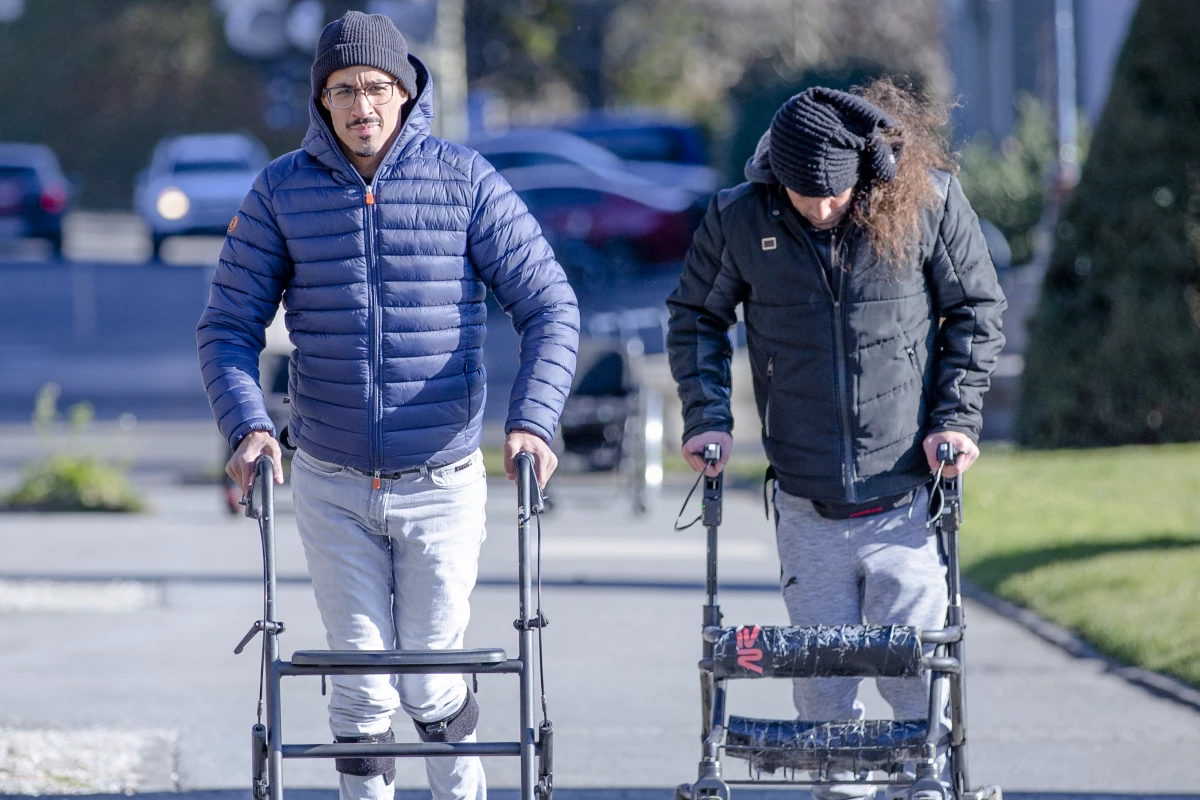Electrical stimulation of the spine can help paralyzed people walk again, with promising results shown in clinical trials. Now, scientists have identified the specific neurons being stimulated, and found that patients can still walk even after the electrical stimulation was turned off.
Injuries to the spinal cord can be debilitating, as they can disrupt the signals from the brain to the lower extremities and cause partial or total paralysis. But a recent development has shown promise in helping patients regain some mobility, through epidural electrical stimulation. A small device is implanted near the spinal cord that uses electrical pulses to stimulate neurons that control leg movements.
Numerous improvements to the technique made over the last decade have shown steadily better results, helping previously completely paralyzed patients move their legs, stand and even walk with aids like crutches and frames. In a new clinical trial from a research center called NeuroRestore, nine patients regained the ability to walk, and their motor function improvements persisted even after the rehabilitation process was completed. Crucially, they could still walk even after the electrical stimulation device had been turned off, a milestone that has eluded previous studies.
This suggested that some level of reorganization had occurred in the nerve fibers used for walking, so the scientists investigated the specific mechanisms in mice and molecular models to see if and how this may be happening.

The team created a 3D “map” of the spinal cord, right down to individual neurons, and watched which neurons were activated by the electrical stimulation. They narrowed it down to a specific family of neurons that express a gene called Vsx2. Intriguingly, these neurons aren’t usually important for walking in healthy subjects, but they seem to be crucial for reorganizing nerve fibers to repair motor function after an injury.
To test this idea, the team then used a new version of the epidural implants which not only stimulated the spinal cord but specifically deactivated Vsx2 neurons. In tests in mice, those that had a spinal injury immediately stopped walking, but healthy mice could still walk just fine.
The team says this experiment validates Vsx2 neurons as the target for epidural electrical stimulation as a treatment for paralysis. This could eventually lead to even more effective therapies to get people moving again.
The research was published in the journal Nature. The team describes the work in the video below.
Source: EPFL





